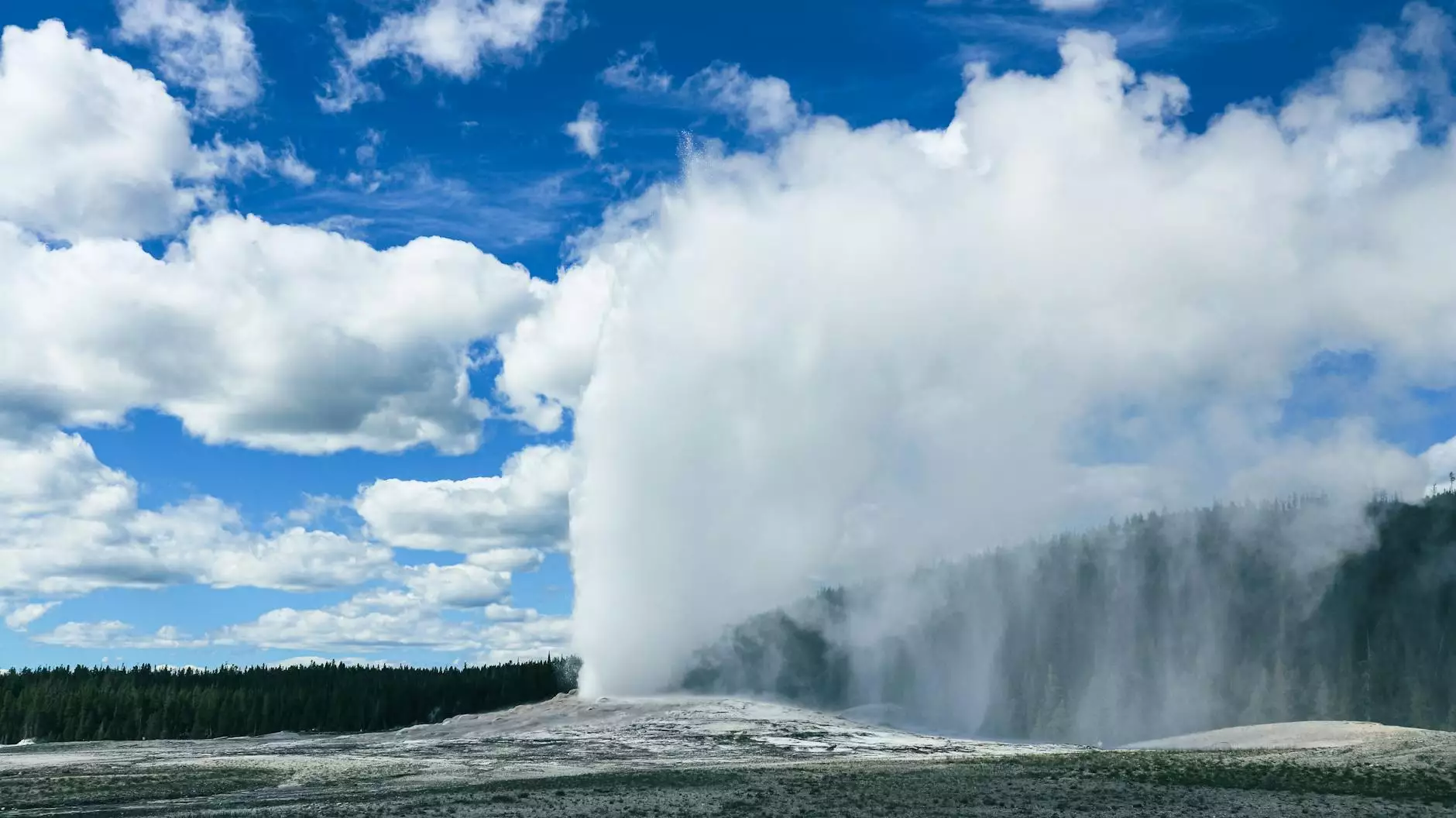Ultimate Guide to Swimming Pool Resurfacing Options
Maintaining a beautiful and functional swimming pool is a key aspect of enjoying your backyard oasis. Over time, the surfaces of swimming pools can become worn, stained, or damaged, leading to unsightly appearances and potential safety hazards. When it comes time to breathe new life into your swimming pool, understanding swimming pool resurfacing options is essential. In this comprehensive article, we will explore various resurfacing materials, costs, benefits, and the process of resurfacing your swimming pool.
Understanding Swimming Pool Resurfacing
Swimming pool resurfacing involves renewing the surface of your pool to eliminate issues like cracks, stains, and rough textures. Not only does resurfacing improve the overall aesthetic of your pool, but it also helps maintain its structural integrity and enhances safety for swimmers.
Why Resurface Your Pool?
There are several reasons why homeowners may choose to resurface their pools:
- Aesthetics: A newly resurfaced pool looks inviting and clean, enhancing the overall appearance of your backyard.
- Safety: Smooth surfaces reduce the risk of injuries caused by slips and falls.
- Longevity: Resurfacing can extend the lifespan of your pool, protecting your investment.
- Increased Value: A beautiful pool can boost the value of your home.
Popular Swimming Pool Resurfacing Options
When considering swimming pool resurfacing options, it’s important to choose a material that fits both your budget and aesthetic preferences. Below are some of the most popular options:
1. Plaster
Plaster is one of the most traditional and widely used materials for swimming pool resurfacing. It consists of a mixture of cement, sand, and chemicals that create a smooth, durable surface. Plaster can last up to 15 years with proper maintenance.
Advantages of Plaster:
- Cost-effective option for most homeowners.
- Provides a smooth surface that is pleasant for swimmers.
- Can be colored to match your aesthetic preferences.
Disadvantages of Plaster:
- Can be prone to staining if not properly maintained.
- Requires periodic maintenance and patching.
2. Pebble Tec
Pebble Tec is a popular choice amongst pool owners who prefer a natural look. This surface is composed of small pebbles mixed into a cement base, resulting in a highly durable and attractive finish. Pebble Tec is known for its longevity and weather resistance.
Advantages of Pebble Tec:
- Highly durable and resistant to algae growth.
- Unique aesthetic appeal that resembles a natural stone surface.
- Available in a variety of colors and textures.
Disadvantages of Pebble Tec:
- Typically more expensive than plaster options.
- The texture may be rougher on feet compared to smooth plaster.
3. Aggregate Finishes
Aggregate finishes consist of multiple materials, including quartz, glass beads, and pebbles. This option offers a variety of colors, textures, and finishes, making it highly customizable for any poolscape.
Advantages of Aggregate Finishes:
- Extremely durable and long-lasting.
- Offers enhanced slip resistance.
- Resistant to chemical damage and fading.
Disadvantages of Aggregate Finishes:
- Higher initial cost compared to traditional plaster.
- Installation requires skilled professionals to ensure quality.
4. Vinyl Liner Resurfacing
Vinyl pools can be resurfaced by replacing the vinyl liner. This option is relatively affordable and provides a smooth, inviting surface for swimmers. Vinyl liners come in various colors and patterns to fit your design vision.
Advantages of Vinyl Liner Resurfacing:
- Cost-effective solution for vinyl pools.
- Soft texture that is gentle on the skin.
- Easy to customize with various designs.
Disadvantages of Vinyl Liner Resurfacing:
- Shorter lifespan compared to other options (typically 5 to 7 years).
- Can be damaged by sharp objects or extreme weather conditions.
Cost Considerations for Resurfacing
The cost of resurfacing a swimming pool varies widely based on the size of the pool, the material chosen, and labor costs in your area. Generally, homeowners can expect to pay between $2,000 and $10,000 for pool resurfacing. Below is a breakdown of typical costs by material:
- Plaster: $4 to $7 per square foot.
- Pebble Tec: $8 to $15 per square foot.
- Aggregate Finishes: $10 to $20 per square foot.
- Vinyl Liner: $1,500 to $4,000 for replacement.
The Resurfacing Process
Understanding the resurfacing process can help homeowners better prepare for the project. Here’s a general overview of the steps involved in resurfacing a swimming pool:
- Drain the Pool: The first step is to completely drain the water from the pool. This might require specific permits if your local regulations are strict.
- Surface Preparation: The old surface needs to be removed or sanded down to ensure proper adhesion of the new resurfacing material. Any cracks or damage should be patched at this stage.
- Applying the New Surface: The chosen resurfacing material is then applied according to the manufacturer's instructions. This may include mixing, spraying, or troweling the material onto the pool surface.
- Curing Time: After application, the new surface will need time to cure, which can vary based on the material used. Pool owners must generally wait several days before refilling the pool.
- Refill and Balance Water: Once cured, the pool can be refilled with water, and the chemical balance must be adjusted to ensure safe swimming.
Maintaining Your Resurfaced Pool
Once your swimming pool has been resurfaced, proper maintenance is crucial to ensure its longevity. Here are some tips to keep your newly resurfaced pool in great shape:
- Regular Cleaning: Keep the pool clean by skimming debris and vacuuming regularly.
- Monitor Water Chemistry: Regularly check and balance the water chemistry to prevent staining and scaling.
- Inspect for Damage: Frequently check for cracks or signs of wear and tear and address these issues promptly.
- Avoid Harsh Chemicals: Use pool chemicals wisely to avoid damaging the surface.
Choosing a Professional for Resurfacing
While it may be tempting to tackle resurfacing as a DIY project, it’s usually best left to professionals. Hiring a reputable swimming pool contractor, especially one specializing in swimming pool resurfacing options, ensures that the work is completed correctly and efficiently. Here are some tips for selecting a contractor:
- Check Credentials: Ensure that the contractor is licensed and insured.
- Read Reviews: Look for online reviews and testimonials from previous customers.
- Request Estimates: Get multiple estimates to compare prices and services.
- Ask about Warranty: Inquire about warranties on materials and workmanship.
Conclusion
Resurfacing your swimming pool is a significant investment that can drastically enhance its appearance and functionality. Understanding the various swimming pool resurfacing options, costs, benefits, and processes will help you make an informed decision that meets your needs. Whether you opt for plaster, Pebble Tec, aggregate finishes, or vinyl liners, working with experienced professionals will ensure that your project is a success. Transform your swimming pool into a stunning centerpiece of your outdoor space and enjoy countless days of relaxation and fun.



